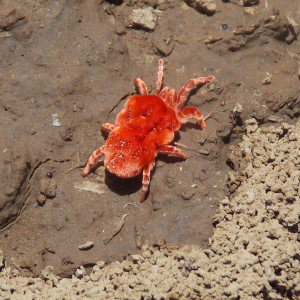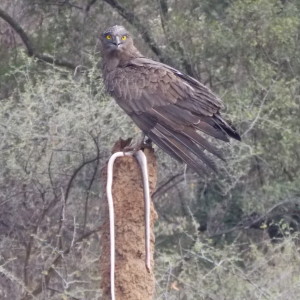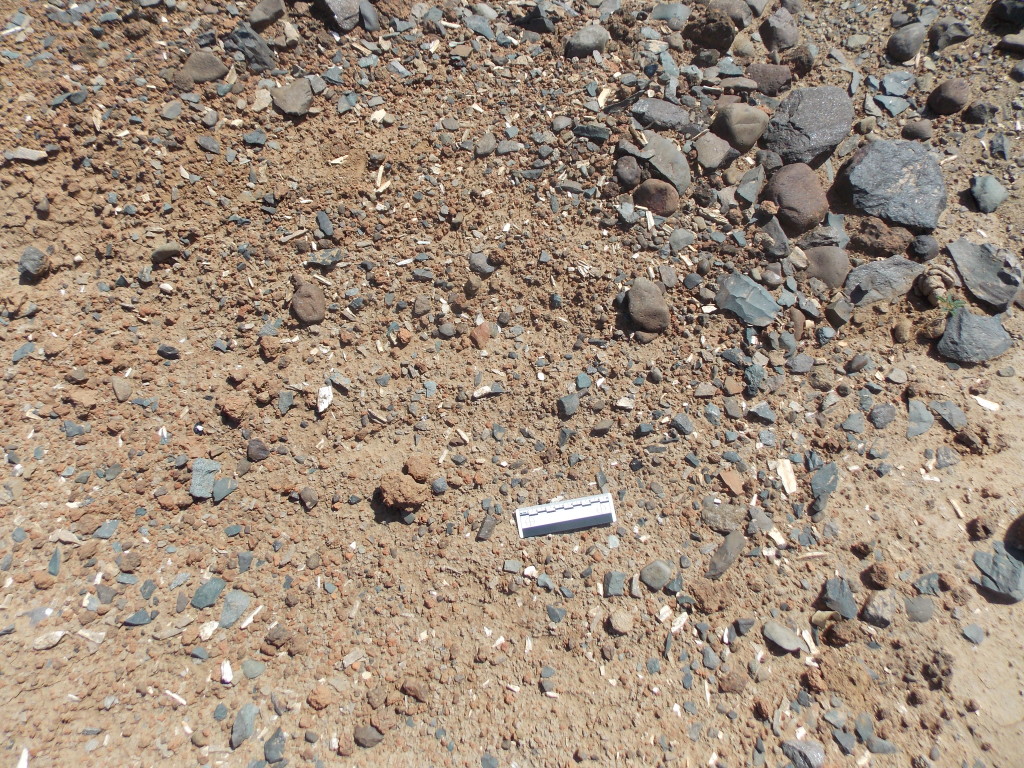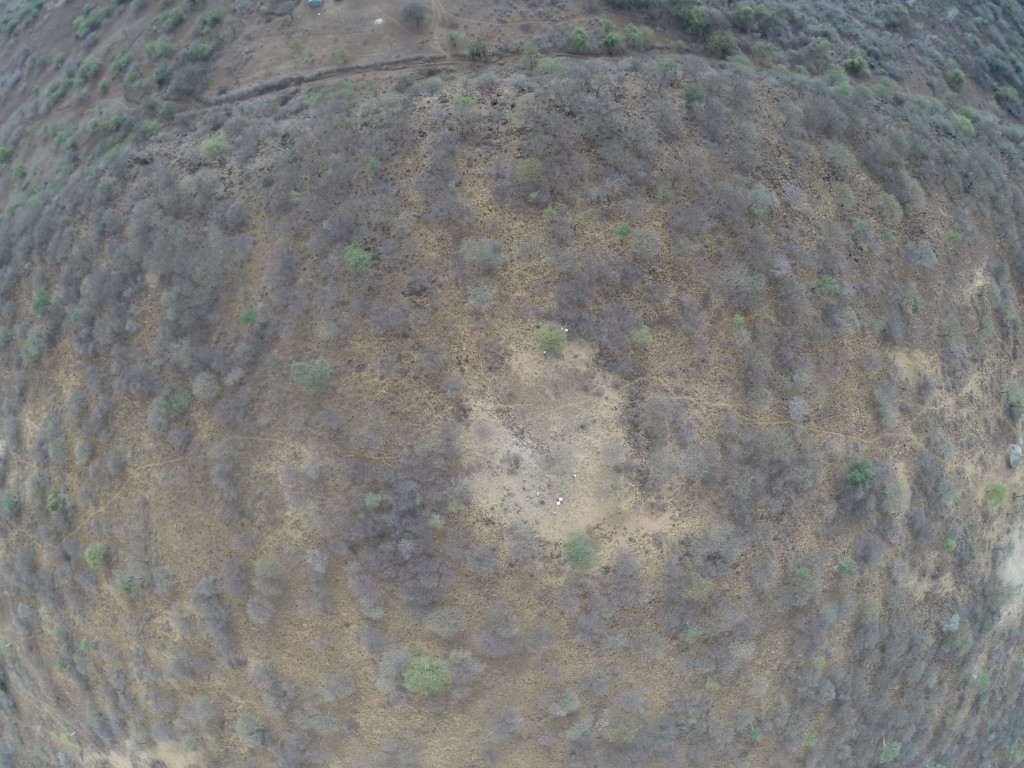The REAL archaeological expedition to Lake Baringo began this autumn. From September to November 2014 a team of experienced researchers criss-crossed the southern Baringo lowlands looking for signs of past human occupation. In their quest for knowledge they traversed kilometres under the hot African sun, battling spitting cobras, gruesome thorn shrubs, and the ferocious (but extremely fluffy) red velvet mite. They were scratched, beaten, dusty and dirty, with their clothes torn and their shoes broken. Nevertheless, their desire for data, results, and good archaeology kept them going until their mission was accomplished. Their mission: gather data to illuminate what people have done, how they lived and what their relationship was with the environment over the past several centuries.
The southern Baringo lowlands have previously shown a lot of potential for the discovery of archaeological sites but remained un-surveyed. This was the reason for the geographical focus. The region is inhabited by the Il Chamus, a Maa speaking community, and members of the community played a central role in our research team.
We decided to intensively survey Sokotei and parts of Kiserian, Lorrok, and Logumukum. Using a handheld GPS we recorded occurrences of pottery sherds, worked stones and abandoned homesteads (which are known as a boma, or a murua in the local Il Chamus language). Looking for particularly dense scatters, we were able to tell where archaeological sites were located. In addition, local residents and members of the research team themselves knew of archaeological sites, which were dotted around the region. The survey was fruitful and in total, the team identified and recorded 16 archaeological sites. Two of those were even widely known settlements during the 19th century caravan trade, which took place in Kenya. However, because of the heavy erosion in this region, many sites only remained visible as surface scatters, while others are in danger of being cultivated.
But this fieldwork was not all about finding and recording of archaeological sites. We also looked at abandoned bomas (pastoral homesteads) to see how human occupation and habitation affect the vegetation and the landscape. Through the accumulation of cattle dung and waste material many abandoned bomas develop distinctive vegetation patterns, which clearly indicate where past settlements were located. These vegetation patterns can survive for decades and maybe even a century or two. We recorded every characteristic of 41 bomas and collected soil samples for soil chemistry analysis. With this data we will be able to tell how humans have shaped their environment and what effects that has had over decades.
The research team considers this fieldwork very successful and hopes that excavations in future field seasons will be as equally successful. I would like to thank all of the individuals who helped during the fieldwork and especially my research team who made this a successful fieldwork
The Baringo research team: Nik Petek, Wilson Tiren, Glen Nakure, John Muasya, Cecilia Ngugi, James Koome Munene, Joanna Umazi, Lawrence Olemelto



